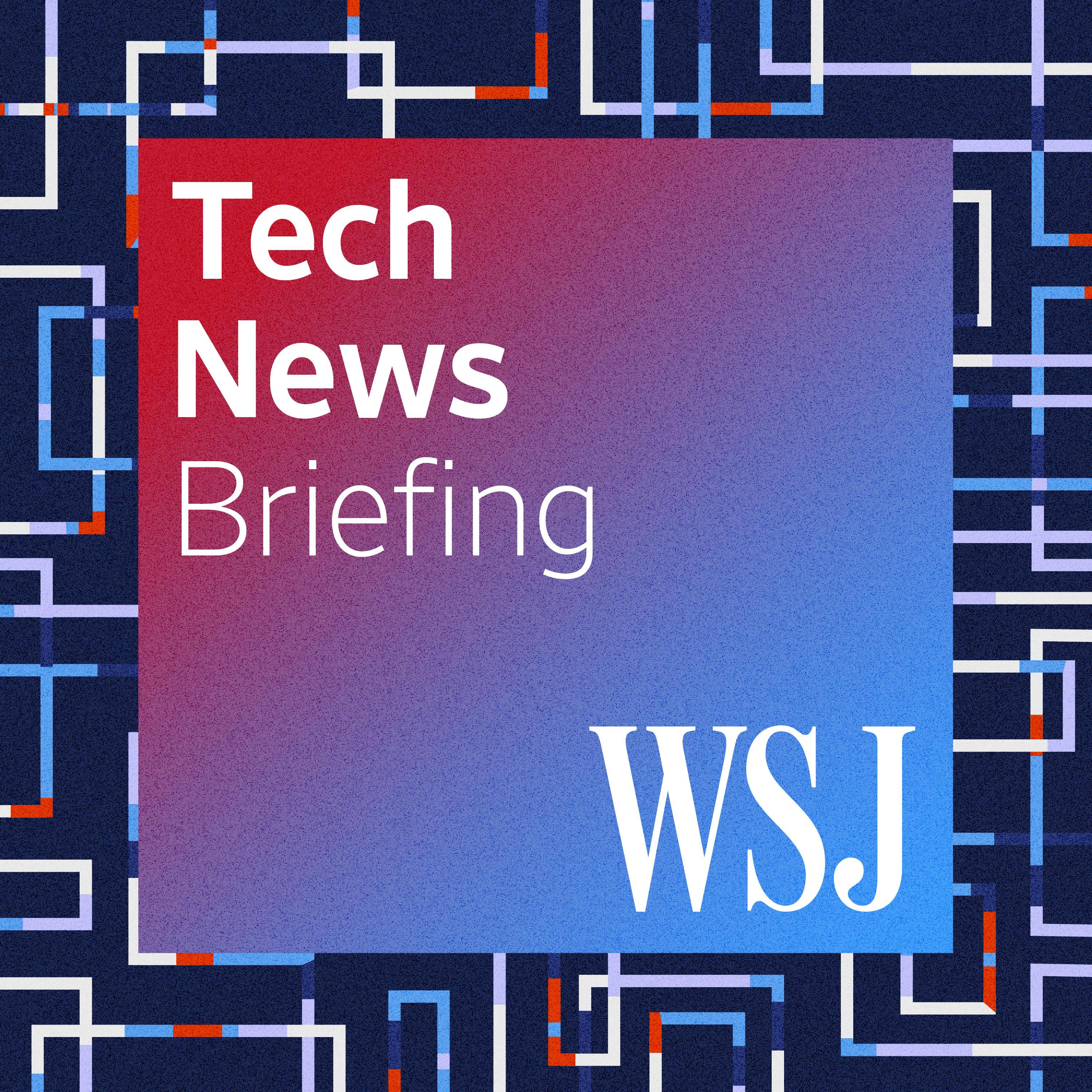
TikTok Braces for Supreme Court Showdown with Washington

WSJ Tech News Briefing
Deep Dive
What are TikTok's main arguments in its Supreme Court case against the U.S. government?
TikTok argues that the case is a free speech issue under the First Amendment, requiring the government to meet strict legal standards. It claims the government has not proven TikTok is a national security threat and suggests less restrictive measures, such as greater transparency about data collection and potential Chinese government influence.
What is the U.S. government's stance on TikTok's national security risks?
The U.S. government asserts that foreign adversary governments, like China, have no First Amendment rights in the U.S. It argues that TikTok poses a national security threat and that the government has the authority to act based on its unique ability to assess such risks, even if no direct harm has yet occurred.
Why is ByteDance reluctant to sell TikTok to comply with U.S. demands?
ByteDance claims selling TikTok is not feasible because its proprietary algorithm, which makes the app highly addictive, is controlled in Beijing and cannot be shared. This makes divestment an 'illusory option' for the company.
How are Uber and Lyft adapting to the rise of autonomous vehicles?
Uber and Lyft, after abandoning their own self-driving car projects, are partnering with companies like Waymo to integrate autonomous vehicles into their platforms. They aim to leverage their existing customer base and app infrastructure to offer driverless car services, avoiding the high costs of developing the technology themselves.
What challenges do robo-taxis face in expanding beyond California?
Robo-taxis face challenges in colder climates, where snow can obstruct sensors, and in densely populated cities like New York, where congestion and navigation complexities may hinder their effectiveness. These factors suggest a future where human drivers and autonomous vehicles coexist.
How has the adoption of autonomous vehicles impacted Uber and Lyft drivers?
In San Francisco, where Waymo operates, some Uber and Lyft drivers report reduced earnings in areas dominated by autonomous vehicles. Drivers are adapting by focusing on routes, like airport trips, where robo-taxis are less prevalent, indicating early shifts in the labor market.
Shownotes Transcript
TikTok is making a last-ditch effort to block the law that will ban it within the U.S. today. The Supreme Court is set to hear oral arguments on a case that will decide the Chinese-owned app’s future in the U.S. WSJ reporter Jess Bravin joins host James Rundle to discuss what the arguments on both sides are likely to be. Plus, how Uber and Lyft are planning to deal with robotaxis).
Sign up for the WSJ's free Technology newsletter).
Learn more about your ad choices. Visit megaphone.fm/adchoices)